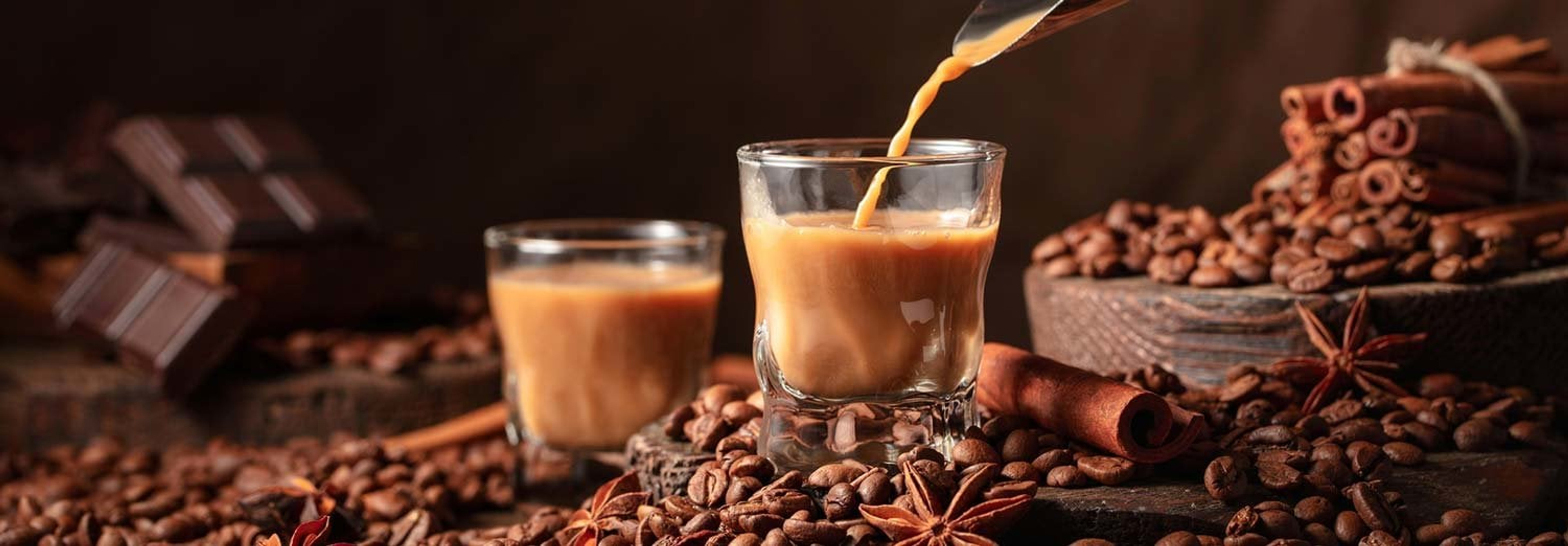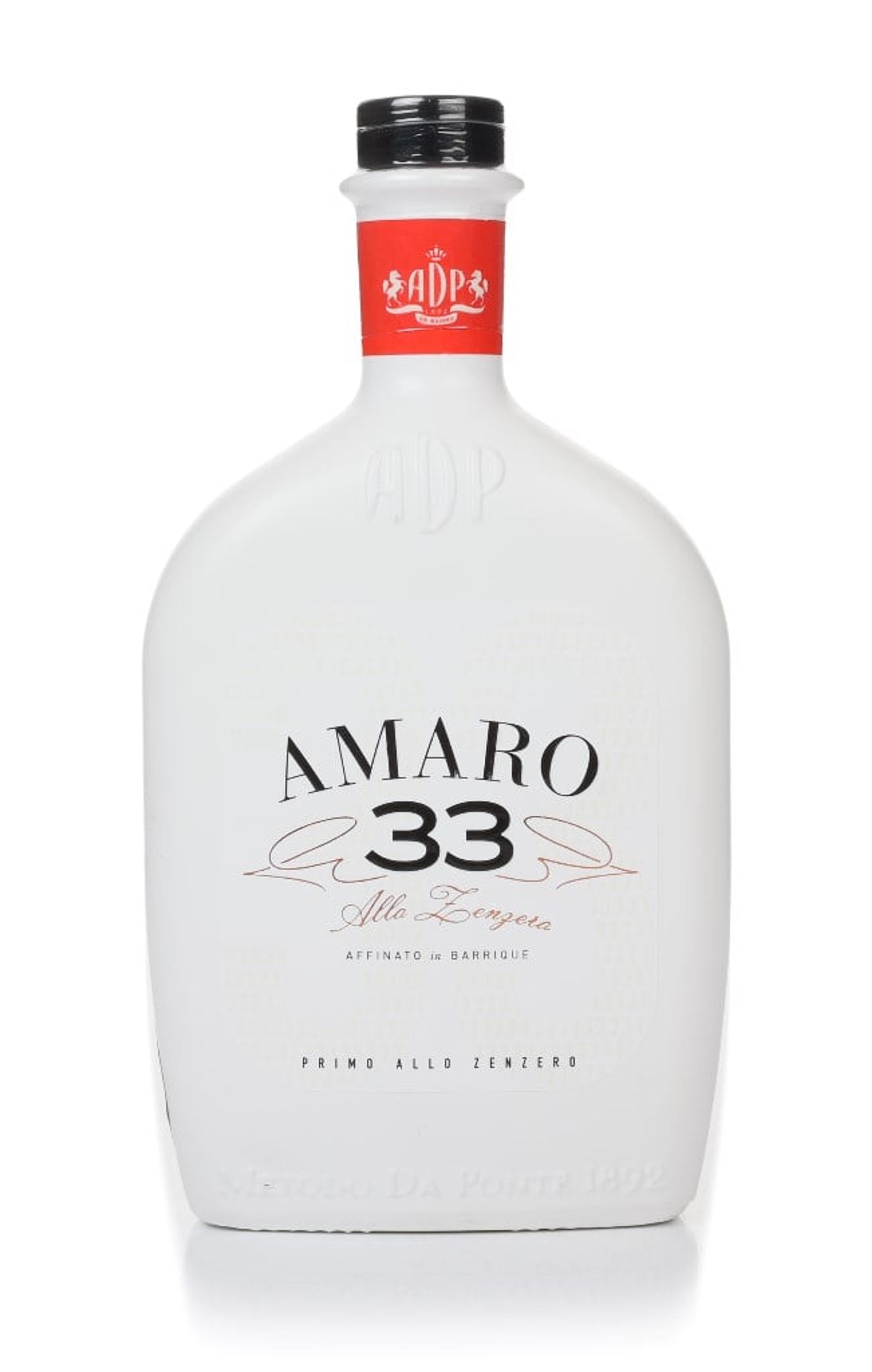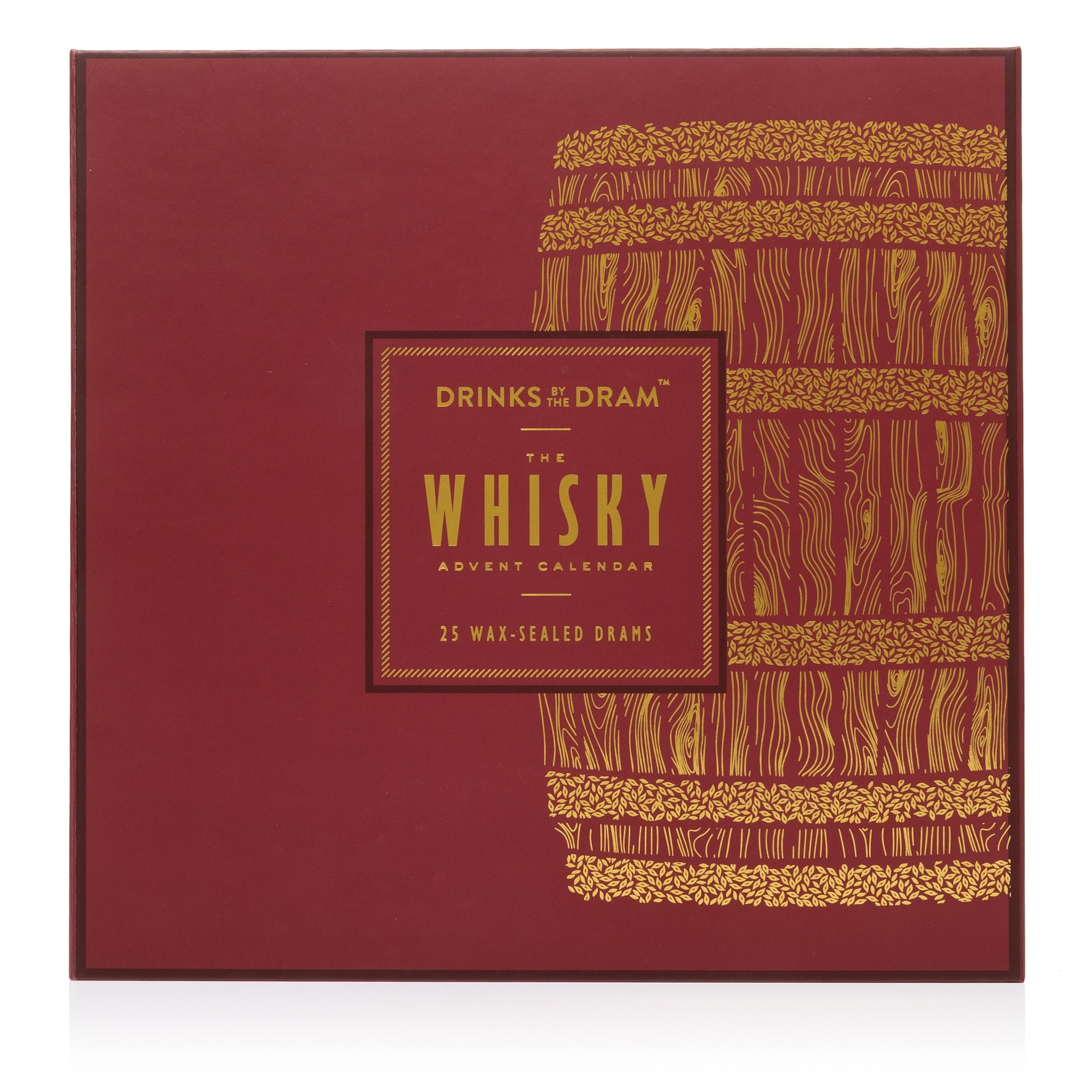
Italian Spiced Liqueurs
Spiced liqueurs from Italy, a diverse and enchanting category of spirits, encapsulate the rich and varied tapestry of Italian culinary and cultural traditions. These liqueurs, often rooted in centuries-old recipes, are an amalgamation of the country's abundant natural resources, its historical trade routes, and the ingenuity of its people.
The Essence of Italian Spiced Liqueurs
Italian spiced liqueurs are typically made by infusing alcohol with a blend of herbs, spices, roots, and sometimes fruits. The choice of botanicals varies widely, reflecting the regional diversity of Italy’s flora and historical influences. From the alpine herbs in the north to the citrus groves of the south, each liqueur is a testament to the local landscape and traditions.
Historical Context
The tradition of making spiced liqueurs in Italy dates back to the Middle Ages, often originating in monasteries where monks experimented with local herbs and spices for medicinal purposes. These concoctions gradually evolved into the spiced liqueurs known today, enjoyed for their complex flavours and often still attributed with digestive properties.
The Renaissance period saw a boom in the popularity of these liqueurs, as exploration and trade introduced new spices from the East. This era of discovery brought ingredients like cinnamon, cloves, and nutmeg to Italian shores, which were quickly embraced and incorporated into local liqueur-making practices.
Regional Varieties
Each region of Italy has its own unique take on spiced liqueurs, often closely guarded recipes passed down through generations. In Sicily, for instance, the abundant citrus fruits are a common ingredient, while in the mountainous regions of the north, alpine herbs dominate the flavour profile. This regional diversity is not only a reflection of the available natural resources but also of the historical and cultural influences unique to each area.
Production Methods
The production of Italian spiced liqueurs typically begins with a base of neutral spirits or local wine. The chosen botanicals are then added, either through maceration (soaking the ingredients in the liquid) or distillation, where the botanicals are infused into the spirit as it vaporises.
The maceration process can vary in length, from a few days to several months, depending on the desired intensity of flavour. After maceration, the liquid is often sweetened with sugar or honey, and then aged for a period, allowing the flavours to meld and mature.
Tasting Notes
The flavour profile of Italian spiced liqueurs is as varied as their ingredients. Generally, these liqueurs are characterised by a harmonious blend of sweetness, bitterness, and aromatic spices. They can range from the intensely herbal and bittersweet to the delicately spiced and floral. Common tasting notes include anise, mint, citrus peel, cinnamon, and vanilla, among a myriad of others.
Culinary and Mixology Applications
Italian spiced liqueurs are incredibly versatile in both culinary and mixology contexts. They are often enjoyed neat or on the rocks as an aperitivo or digestivo, framing a meal. In cocktails, they add complexity and depth, either as a primary ingredient or a subtle modifier.
In the kitchen, these liqueurs find their way into desserts, sauces, and marinades, imparting unique flavours that can elevate a dish. For example, a spiced liqueur can be used to poach fruits, flavour creams, or as a component in a sophisticated glaze for meats.
Cultural Significance
In Italy, spiced liqueurs are more than just a beverage; they are a part of the social fabric. Enjoying a spiced liqueur is often a communal experience, integral to gatherings and celebrations. They are seen as a connection to the past, a living tradition that embodies regional identities and familial histories.
The Essence of Italian Spiced Liqueurs
Italian spiced liqueurs are typically made by infusing alcohol with a blend of herbs, spices, roots, and sometimes fruits. The choice of botanicals varies widely, reflecting the regional diversity of Italy’s flora and historical influences. From the alpine herbs in the north to the citrus groves of the south, each liqueur is a testament to the local landscape and traditions.
Historical Context
The tradition of making spiced liqueurs in Italy dates back to the Middle Ages, often originating in monasteries where monks experimented with local herbs and spices for medicinal purposes. These concoctions gradually evolved into the spiced liqueurs known today, enjoyed for their complex flavours and often still attributed with digestive properties.
The Renaissance period saw a boom in the popularity of these liqueurs, as exploration and trade introduced new spices from the East. This era of discovery brought ingredients like cinnamon, cloves, and nutmeg to Italian shores, which were quickly embraced and incorporated into local liqueur-making practices.
Regional Varieties
Each region of Italy has its own unique take on spiced liqueurs, often closely guarded recipes passed down through generations. In Sicily, for instance, the abundant citrus fruits are a common ingredient, while in the mountainous regions of the north, alpine herbs dominate the flavour profile. This regional diversity is not only a reflection of the available natural resources but also of the historical and cultural influences unique to each area.
Production Methods
The production of Italian spiced liqueurs typically begins with a base of neutral spirits or local wine. The chosen botanicals are then added, either through maceration (soaking the ingredients in the liquid) or distillation, where the botanicals are infused into the spirit as it vaporises.
The maceration process can vary in length, from a few days to several months, depending on the desired intensity of flavour. After maceration, the liquid is often sweetened with sugar or honey, and then aged for a period, allowing the flavours to meld and mature.
Tasting Notes
The flavour profile of Italian spiced liqueurs is as varied as their ingredients. Generally, these liqueurs are characterised by a harmonious blend of sweetness, bitterness, and aromatic spices. They can range from the intensely herbal and bittersweet to the delicately spiced and floral. Common tasting notes include anise, mint, citrus peel, cinnamon, and vanilla, among a myriad of others.
Culinary and Mixology Applications
Italian spiced liqueurs are incredibly versatile in both culinary and mixology contexts. They are often enjoyed neat or on the rocks as an aperitivo or digestivo, framing a meal. In cocktails, they add complexity and depth, either as a primary ingredient or a subtle modifier.
In the kitchen, these liqueurs find their way into desserts, sauces, and marinades, imparting unique flavours that can elevate a dish. For example, a spiced liqueur can be used to poach fruits, flavour creams, or as a component in a sophisticated glaze for meats.
Cultural Significance
In Italy, spiced liqueurs are more than just a beverage; they are a part of the social fabric. Enjoying a spiced liqueur is often a communal experience, integral to gatherings and celebrations. They are seen as a connection to the past, a living tradition that embodies regional identities and familial histories.
Price
Advanced Search
Age in years
All
Bottling year
All
Vintage
All
Alcohol by volume
All
Categories
Distilleries & brands
Style
User rating
Bottle size
Countries
Regions


